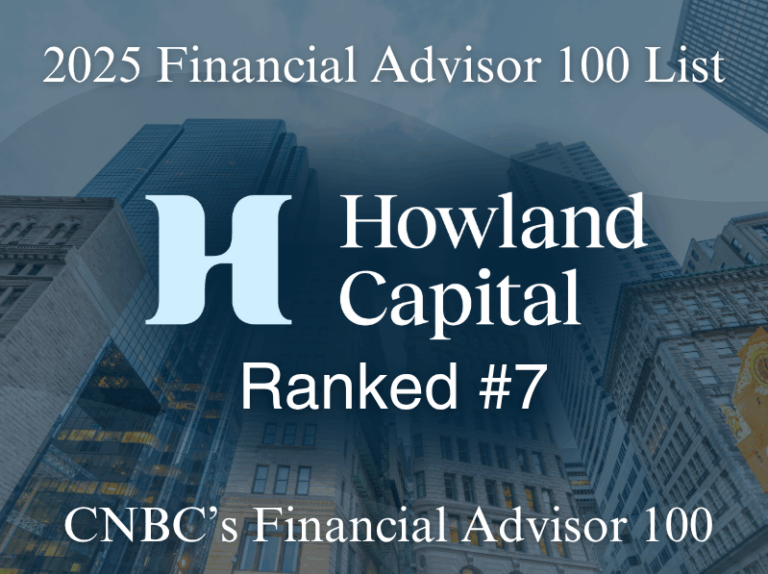Federal Reserve Chair Jerome Powell chose not to lower interest rates at the Fed’s June policy meeting, opting instead for a “wait and see” approach. Despite falling inflation and stable employment, the Fed would like to see more data to confirm that a rate cut is warranted. The interest rate policy outlook is clouded by the tariff-related uncertainty which is still looming over the economy and financial markets. In particular, Chair Powell would like confirmation that tariff and trade agreements do not lead to a spike in prices. Lowering rates too quickly could undermine the progress the Fed has made bringing inflation under control over the past three years. Hence, the cautious stance.
We believe the Fed will cut rates this year. They are likely to start slowly with a quarter percentage point cut, bringing the policy rate closer to 4%, and will likely guide the market to expect at least one additional cut later this year. That would be a smaller change than investors had anticipated at the beginning of the year when expectations were for as many as four or five quarter point cuts. The expected pace of cuts stands in contrast to the emphatic calls from the Trump administration, which would like to see lower rates sooner. With Chair Powell likely to remain in his post until his term expires next May, we expect the Fed to remain largely unswayed by the political rhetoric.
With shorter term rates remaining at attractive levels, we have favored bonds and bond funds that focus on maturities that come due within the next one-to five years. This approach helps limit the price volatility in the bond portfolio without sacrificing the ability to earn a reasonable amount of income. It also reduces the risk of exposure to parts of the yield curve that may react negatively to rising fiscal deficits and higher government borrowing costs.
